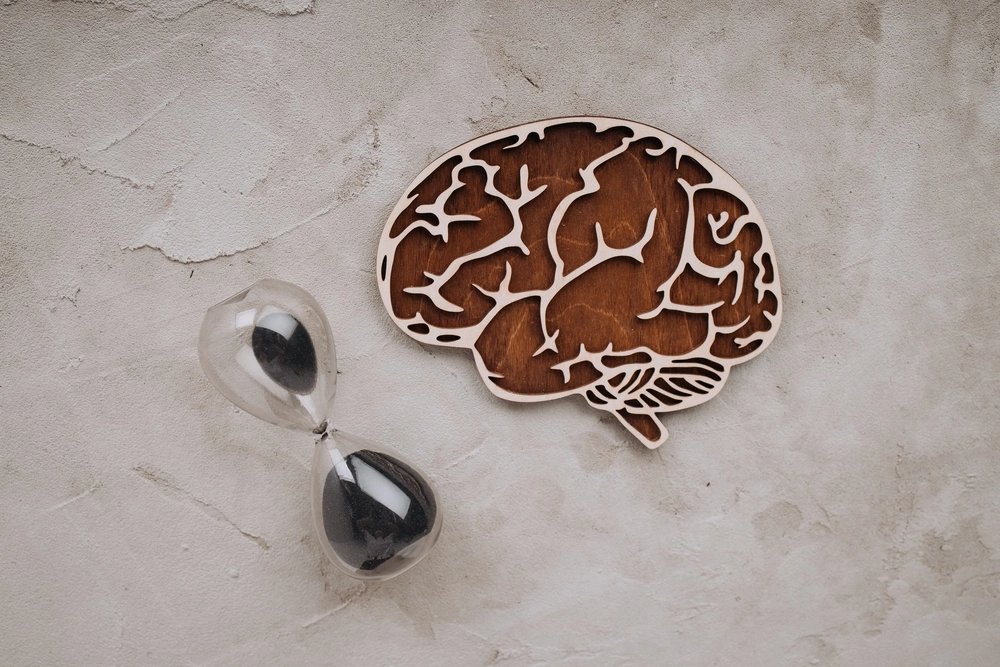While it is often misinterpreted as a choice, addiction is, in reality, a complex condition that defies simple explanations. This misunderstanding has historically led to a narrative of blame, painting people who are struggling with addiction in a negative light. As a result, it’s common for substance users to be stigmatized, with their condition being seen as a moral failure.[1] This stigma often extends inward, leading individuals to internalize these negative perceptions, exacerbating feelings of shame and inadequacy.[2] However, there’s a growing movement in society towards empathy and understanding, and many are now recognizing the multiple factors that contribute to addiction.
This shift in thinking is key for moving us from a blame-centric approach to one that seeks to understand the underlying causes, helping to ensure the provision of comprehensive treatment approaches that address the psychological, biological, and social aspects of addiction.
Resources:
[1] https://nida.nih.gov/research-topics/stigma-discrimination#stigma
[2] https://www.ncbi.nlm.nih.gov/pmc/articles/PMC5527047/
Genetic Predisposition and Environmental Factors
The journey to addiction is not as simple as a personal choice; it’s intricately entwined with genetic predisposition and environmental factors. Studies show that genetics can play a significant role in susceptibility, with certain genetic markers increasing the likelihood of substance dependency.[3] This genetic vulnerability often runs in families, suggesting a hereditary component to the risk of addiction.
However, genetics alone don’t seal our fate. Environmental factors play an important role when mitigating or exacerbating the risk. For example, early exposure to drugs and stress can significantly increase the likelihood of developing an addiction.[4] Also, in environments where drug use is normalized or where there’s a lack of positive coping mechanisms, people with a genetic predisposition are more likely to turn to substances because it’s accepted as the standard solution.
In addition, early life trauma is another important factor. Experiences of trauma, especially during formative years, can lead to dysregulation of the nervous system. This dysregulation can manifest as heightened stress responses, anxiety, and difficulty in managing emotions, making substances an appealing escape for immediate relief.
Post-traumatic stress disorder, which occurs in around 20% of those who experience trauma, further heightens the risk of addiction and other mental health conditions such as anxiety and depression.[5] One study found that 59% of teenagers with post-traumatic stress disorder later became addicted to substances, with women being disproportionately affected.[6]
Resources:
[3] https://www.ncbi.nlm.nih.gov/pmc/articles/PMC3506170/
[4] https://www.jci.org/articles/view/33946
[5] https://www.ncbi.nlm.nih.gov/pmc/articles/PMC4168808/
[6] https://www.ncbi.nlm.nih.gov/pmc/articles/PMC3051362/

Anxiety and stress, common experiences in our fast-paced world, can significantly influence the path to addiction, with over 19.1% of the USA reported to have some form of anxiety disorder.[7] Often, people turn to substances to alleviate the discomfort brought on by these mental states, as this self-medication can temporarily mask uncomfortable feelings and provide short-term relief; however, this potentially leads to long-term dependency.
Addiction is not just a behavioral issue; it brings about physical changes in the brain, particularly affecting areas like the prefrontal cortex. It’s important to remember that this is true for all addictions, and not just substances such as benzodiazepines, opiates, or alcohol, which are physically addictive.[8] This region, crucial for decision-making and impulse control, is significantly altered in addiction, and these changes can lead to impaired judgment and a diminished ability to control urges, making the decision to quit using substances incredibly challenging.
The prefrontal cortex, which governs decision-making and impulse control, often undergoes changes in functioning due to addiction. These alterations can lead to impaired judgment and an increased likelihood of making decisions that favor immediate substance use over long-term well-being. In addition, the dysregulation of stress systems in the amygdala underlies the negative reinforcement in addiction. When the brain is accustomed to the presence of substances, their removal leads to heightened stress and anxiety, compelling us to seek the drug again.
Specifically, the involvement of corticotropin-releasing factor (CRF) and norepinephrine in these altered brain stress responses plays a key role.[9] CRF is released in higher amounts during withdrawal, intensifying cravings and affecting our behavior. Similarly, norepinephrine levels are affected by chronic drug use and withdrawal. In the state of withdrawal, there’s an increase in norepinephrine activity, which exacerbates feelings of anxiety and stress. The interaction between these two compounds, particularly in the amygdala, amplifies the negative emotional state as we detox, driving the compulsive, substance-seeking aspects of addiction.
Resources:
[7] https://www.forbes.com/health/mind/anxiety-statistics
[8] https://link.springer.com/article/10.1007/s12152-016-9293-4
[9] https://www.ncbi.nlm.nih.gov/pmc/articles/PMC3273042/

The Complexity of Brain Changes in Addiction and the Power of Neuroplasticity
The changes addiction causes can create a vicious cycle where the brain’s altered state reinforces addictive behaviors; however, there is hope. The brain is not static; it has an amazing ability known as neuroplasticity, which allows it to adapt and rewire itself.
Neuroplasticity plays a dual role in addiction and recovery. While, on the one hand, it can lead to the reinforcement of addictive behaviors and thought patterns, it also offers a pathway to healing and reformation. Harnessing neuroplasticity during recovery can help us reshape our neural pathways, leading to positive and sustainable changes.
Engaging in activities, such as exercise, mindfulness practices, and learning new skills, can stimulate the brain’s plasticity, fostering new neural pathways that support sobriety and overall well-being.[10] Moreover, neuroplasticity empowers us to develop new coping strategies. By forming healthier habits and thought patterns, the brain’s reliance on substances as a source of comfort or escape gradually diminishes. This shift is vital in managing triggers and stress, which can be common relapse factors in addiction.
The recovery journey is not just about abstaining from substances but about overall personal growth. It allows us to find joy in sober activities, rebuild relationships, and rediscover our purpose and passions. As the brain adapts to these positive changes with the help of neuroplasticity, we can move from existing in survival mode to thriving in a new, fulfilling life.
Resources:
[10] https://www.realsimple.com/health/mind-mood/mindfulness-improves-brain-health-neuroplasticity
Begin Your Journey to Healing with Crossroads Antigua
At Crossroads Antigua, we understand the intricate challenges of addiction and the power of recovery, and our comprehensive treatment programs are tailored to meet the unique needs of each person who comes to us. We recognize that the path to recovery is as diverse as the people we serve, and we combine clinical expertise with holistic approaches to support your journey towards lasting change.
Within our holistic program, didactic sessions play a pivotal role in providing comprehensive education on the complexities of substance use disorder. These sessions contribute to a well-rounded approach, addressing not only the immediate effects but also equipping clients and their families with valuable insights into relapse prevention, fostering lasting recovery and overall well-being.
If you or a loved one is struggling with addiction, know that hope and help are just a phone call away. Contact Crossroads Antigua today at 1 (888) 452-0091 to learn more about our programs and take the first step on your path to recovery and personal growth.

